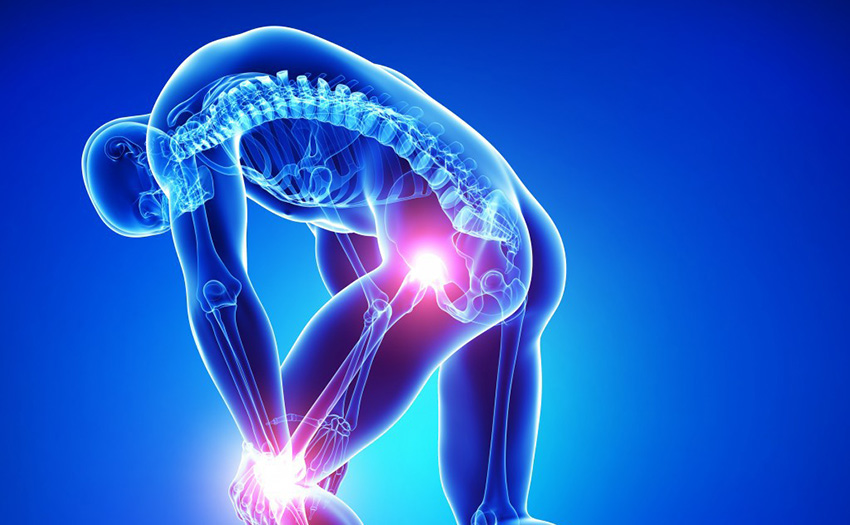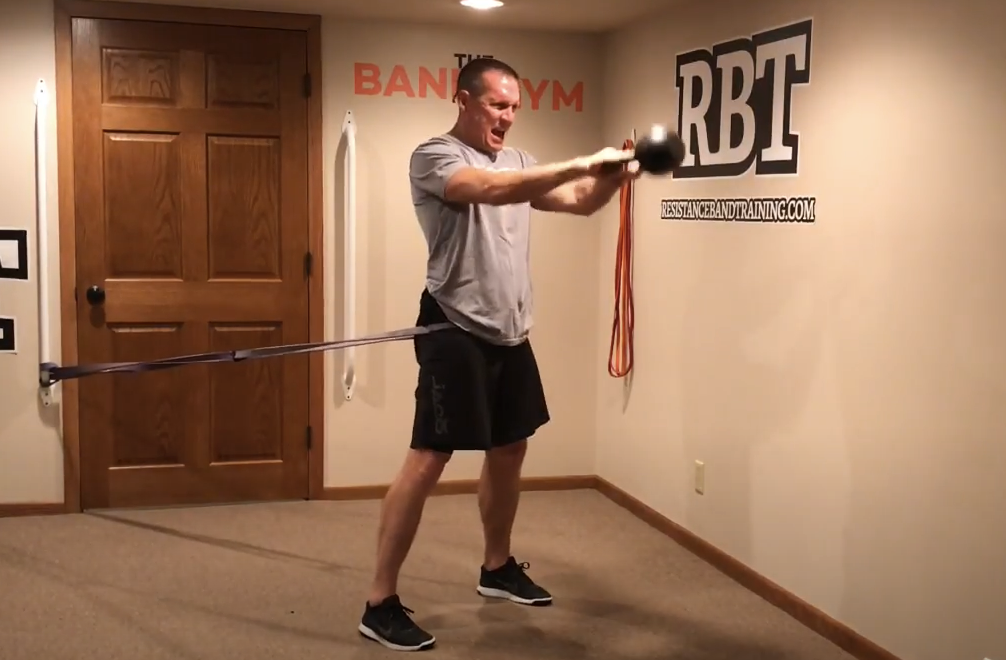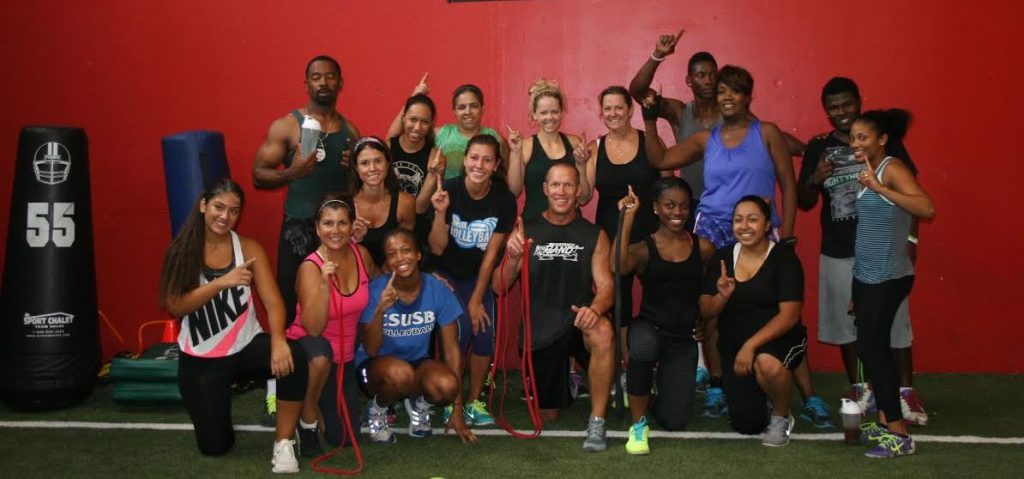As we age, joint pain and muscle stiffness can become more frequent unless you are addressing it within your workout. After 22 years of treating physical therapy patients and 30 years of working with adult fitness enthusiasts, it is clear what you need to do within your workout routine to eliminate nagging joint pain and muscle stiffness.
Your workout needs 6 things to eliminate joint pain and muscle stiffness.
1. Foam Rolling & Band Stretching
Don’t think of a warm up as a passive activity that simply lengthens out your muscles. Instead, commit to a 10 to 15 minute pre-workout routine that incorporates foam rolling, band stretching, and band muscle activation.
Make your stretching and muscle activation program specific to your workout if possible. However, doing a full body pre-workout routine is also perfectly fine.
Use this warm up:
2. Core Stabilization
The core, specifically the inner abs (obliques and transverse abdominus), are key stabilizers to every movement we make. Without their stabilization we immediately put more pressure on our knees, ankles, elbows, wrists and shoulder joints to stabilize.
Don’t think sit ups or crunches. They will actually add to the joint stress. Think stabilization exercises like planks, pillars, and mountain climbers. Teaching your abs how to keep the low back from excessive movement will allow joints further away from your center of gravity to remain more stable and not get beat up.
3. Auxiliary Exercises
Primary exercises typically use higher levels of resistance. These are fun because you get to test your strength out. However, just doing those types of heavy resistance exercises will ultimately lead to excessive joint and muscle stiffness, especially as our body ages.
Auxiliary exercises allow you to focus on strengthening in different planes using different movement patterns while typically applying lighter resistance. However, these auxiliary type exercises allow you to address strength imbalances, inflexibility and stability issues that the primary exercise won’t.
Ways to use Towel-Band Auxiliary Training
4. Integration vs Isolation
The body was designed to work as a unit. Always doing isolation movements (like strict curls, bench presses or seat military presses) makes our joints move in a very unnatural pattern. It also places high levels of stress on a particular joint versus dispersing it among several joints and muscles.
Incorporate integrated (multi-joint) movements into your workout as often as possible. You will find your body will still build strength and muscle without all the joint and muscle stiffness.
5. Consistency
Staying consistent and making sure your muscles and joints routinely are challenged with resistance 3 to 4 times per week is important. Joints and muscles that are not routinely challenged will experience much higher levels of post workout stiffness and pain.
All workouts don’t have to be done with high intensity or using heavy weights to be beneficial. Light weight resistance or band ascending resistance is a great way to train 2 times per week.
6. Recovery
As we age, making sure we do what our body needs to best recover is important. Especially if you want to workout 3 to 5 times per week doing various types of activities. Recovery should include things like optimal hydration, foam rolling, band stretching, proper sleep and built in rest days.
Without these key recovery activities, your body will slowly breakdown between workouts. Recurrent breakdown of joint and muscle tissue with poor recovery equals higher levels of joint pain and stiffness.
Related Articles
Warming Up with Bands … Why and How
Simple Exercise Strategies That Work
Active Aging Fitness – #1 Secret to Success
Need Help Getting Rid of Painful Joints and Muscles??
Get Direct Access to Dave who is both a Physical Therapist and Fitness Coach
Learn more about The Band Gym
********************************




